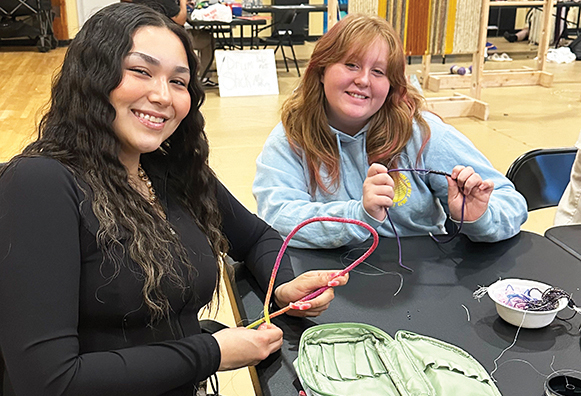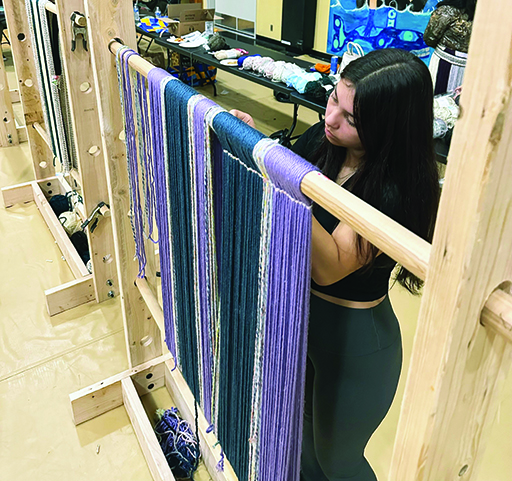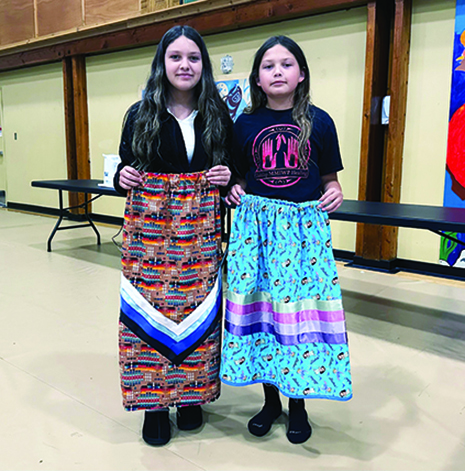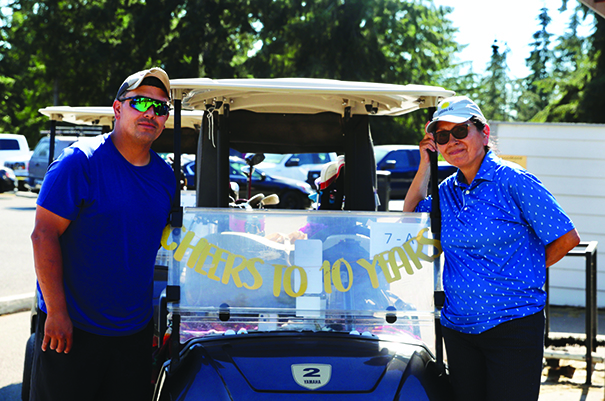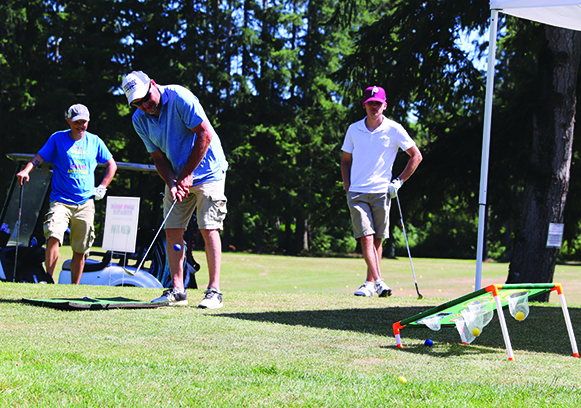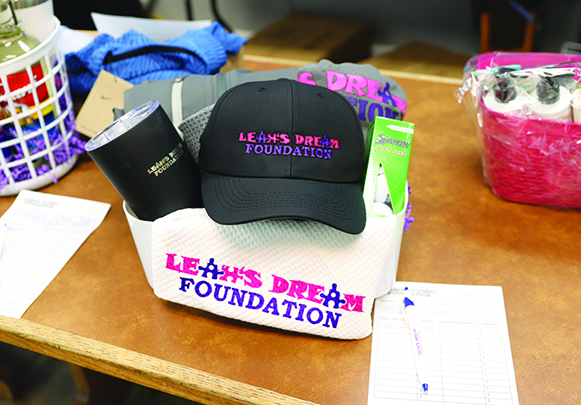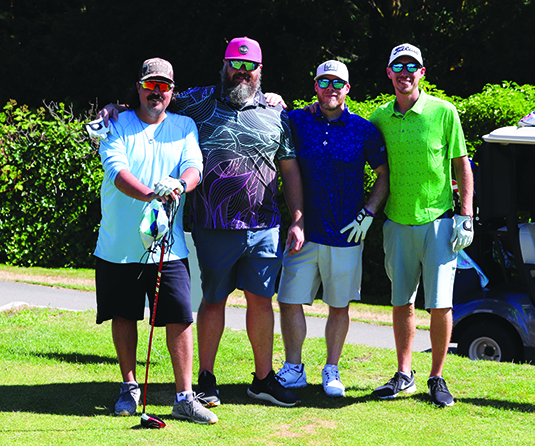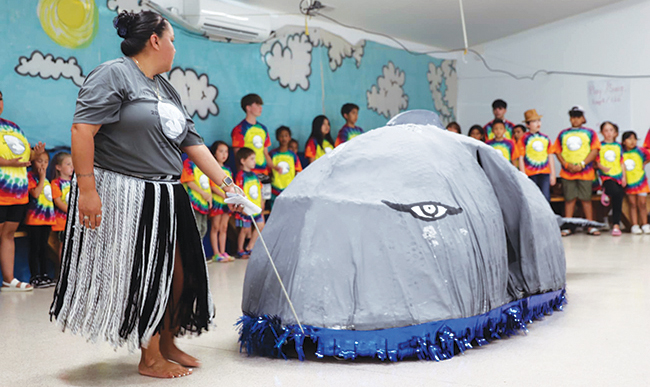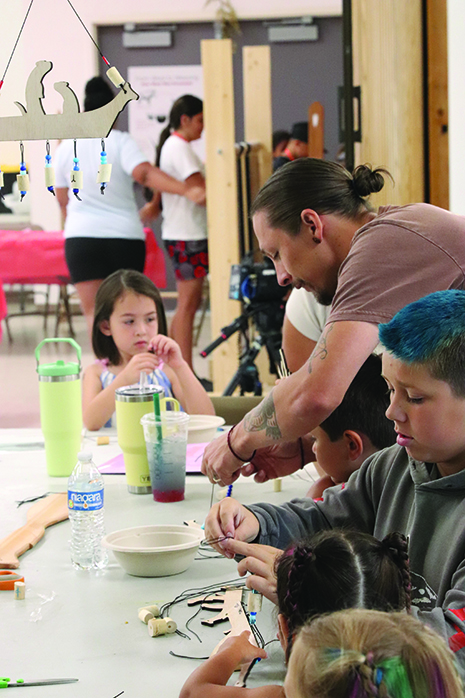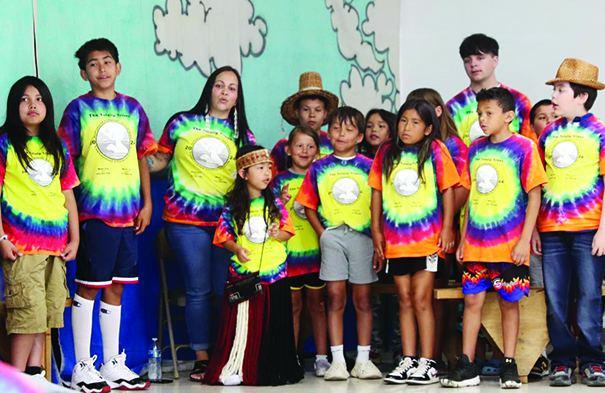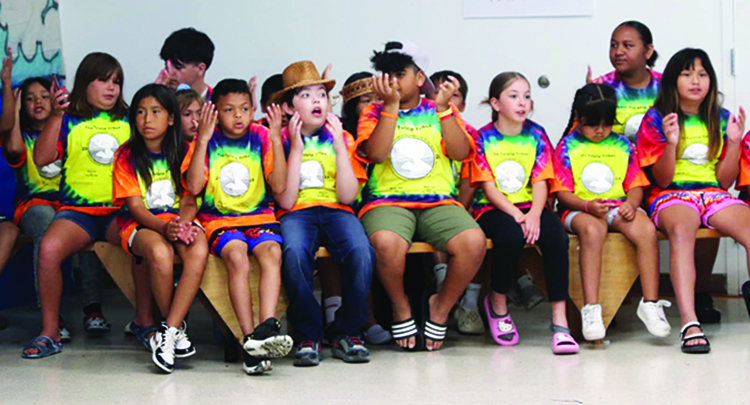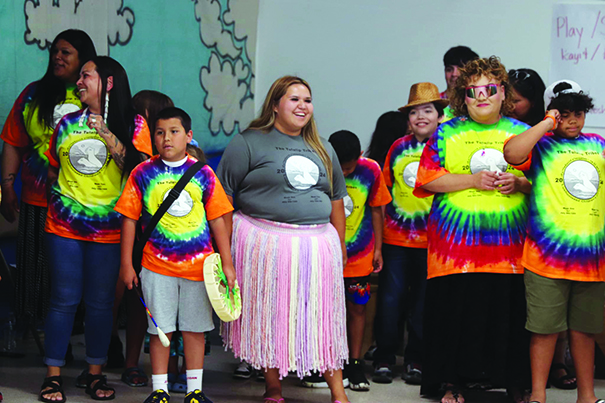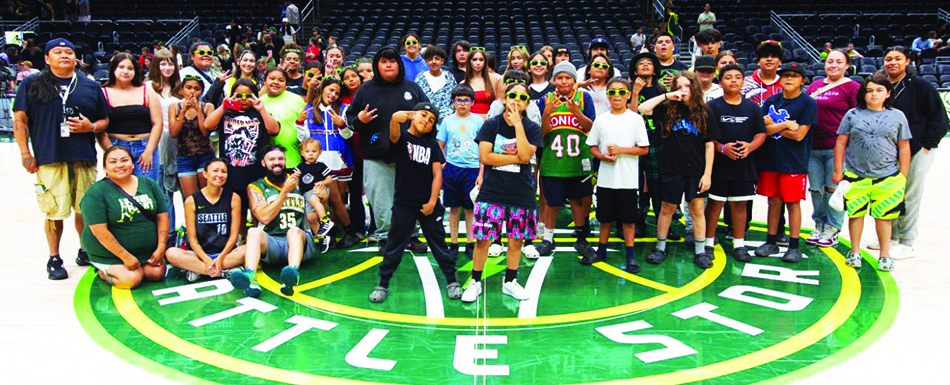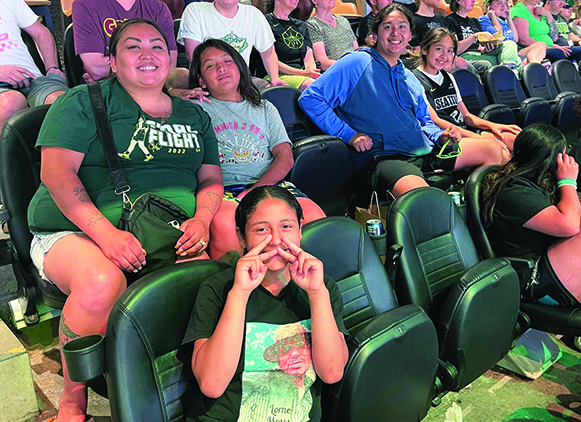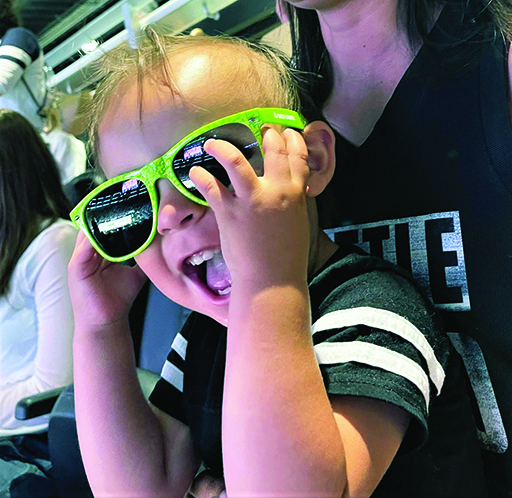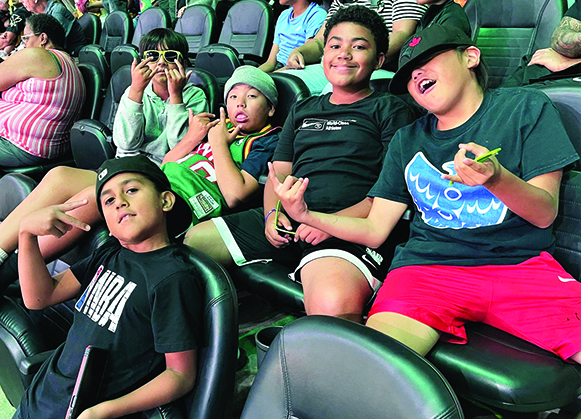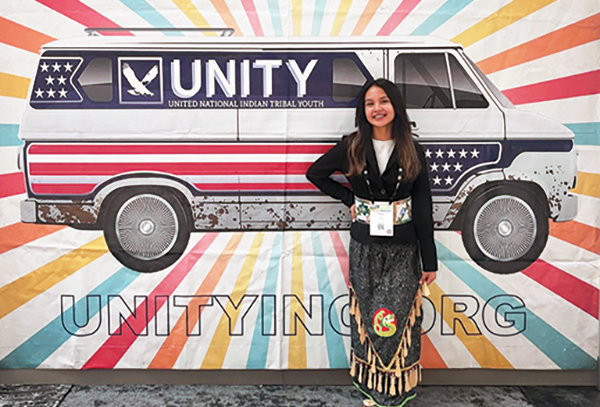
Submitted by Faith Iukes
Tulalip, WA – Faith Iukes, a member of the Tulalip Tribes, has been recognized as one of the recipients of the prestigious UNITY 25 Under 25 Award. This national youth leadership recognition program celebrates the achievements of Native American and Alaskan Native youth who embody UNITY’s core mission of living a balanced life by developing their spiritual, mental, physical, and social well-being.
The award was presented during the annual UNITY Conference, held this year in Portland, Oregon. The conference brought together young leaders from across the nation to share their experiences, learn from each other, and celebrate their achievements. Faith not only attended the conference but also played an active role by hosting a workshop on vlogging and podcasting.
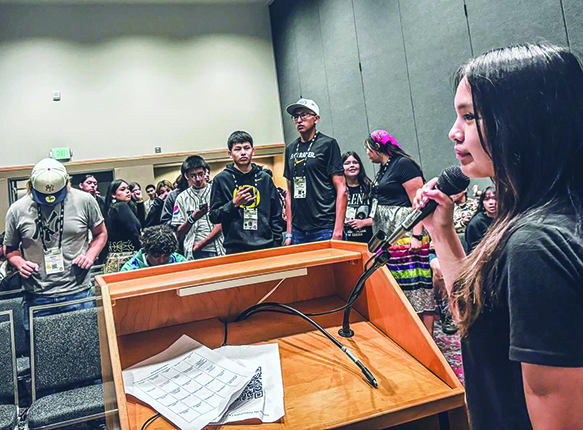
Faith’s workshop, titled “Intro to Vlogging and Podcasting,” drew an impressive 250 participants over two sessions. The workshop provided attendees with the tools and knowledge to start their own vlogs and podcasts, empowering them to share their stories and voices with a broader audience. Faith’s dedication to her community and her passion for media production were evident as she guided her peers through the basics of content creation.
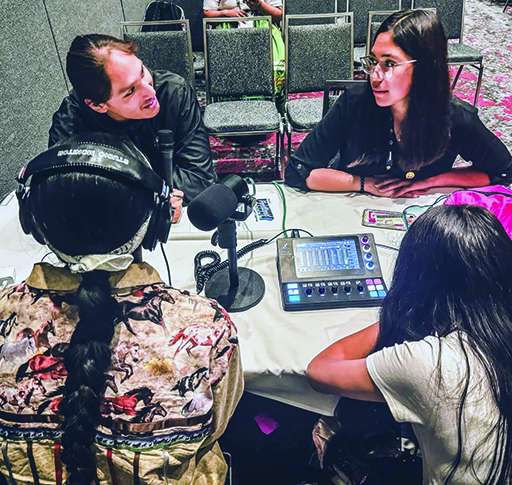
In addition to her workshop, Faith and other UNITY participants took part in a field day at Nike’s world headquarters, sponsored by the Nike N7 program. This event focused on learning about teamwork and culminated in watching the 3-on-3 UNITY basketball tournament. The field day provided a unique opportunity for the youth to engage in physical activities, build camaraderie, and witness the spirit of healthy competition.
“I am deeply honored to receive this award,” Faith said. “But I want to share this recognition with all the youth from Tulalip. We are all capable of achieving great things when we support each other and work together.”
Faith’s journey is a source of inspiration for many young people in her community. Her commitment to personal growth and her willingness to share her knowledge and skills with others exemplify the spirit of the UNITY 25 Under 25 Award.
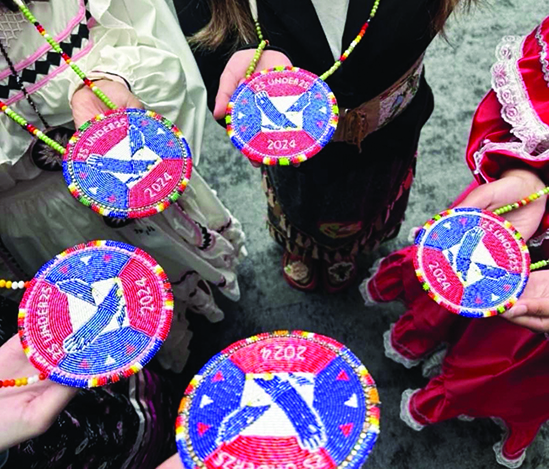
“This award isn’t just for me,” Faith added. “It’s for every young person in Tulalip who dreams of making a difference. We all have the potential to be leaders and to create positive change in our communities.”
Faith also dedicated her award to her great grandfather, Hank Williams, who has been a constant source of belief and support throughout her journey. “This award is for my grandpa Hank Williams for always believing in me and supporting me,” she shared, highlighting the importance of family and community in her achievements.
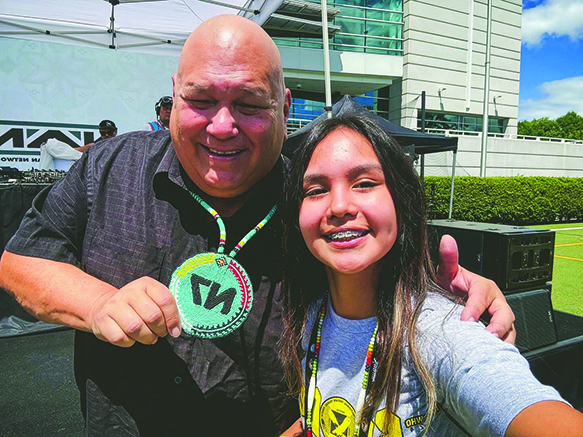
Faith’s recognition is a testament to the strength and resilience of Native youth. As she continues to pursue her passions and uplift her community, she serves as a role model for others to follow.
For more information on the UNITY 25 Under 25 Award and the annual UNITY Conference, visit (https://unityinc.org)
About UNITY
UNITY (United National Indian Tribal Youth) is a national organization dedicated to fostering the spiritual, mental, physical, and social well-being of Native American and Alaskan Native youth. Through its programs and initiatives, UNITY aims to empower young leaders to create positive change in their communities.
